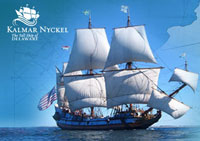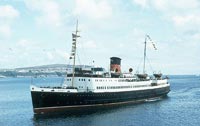 One of the Steam Packet Company‘s post war vessels is to be scrapped. The s.s. Manxman, which had her last sailing in the early 80’s, is to be dismantled due to to the extent of damage after years of neglect. Over £8 Million would be needed restore the boat.
One of the Steam Packet Company‘s post war vessels is to be scrapped. The s.s. Manxman, which had her last sailing in the early 80’s, is to be dismantled due to to the extent of damage after years of neglect. Over £8 Million would be needed restore the boat.
There has been uproar from many people who were passangers travelling to and from the Isle of Man. In the mid 80’s it was turned into a nightclub in preston docks, before ending up in Sunderland where it is now.

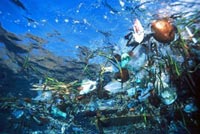 In the United States there is a chain of supermarkets generally know by the initials – A&P, an abbreviation for “The Great Atlantic and Pacific Tea Company.” Unfortunately, we can now also talk of the Great Atlantic and Pacific Garbages Patches, as well. We posted about the
In the United States there is a chain of supermarkets generally know by the initials – A&P, an abbreviation for “The Great Atlantic and Pacific Tea Company.” Unfortunately, we can now also talk of the Great Atlantic and Pacific Garbages Patches, as well. We posted about the 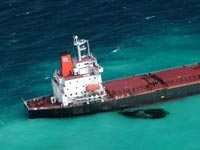 The collier Shen Neng 1 has been refloated and removed from Australia’s Great Barrier Reef where it
The collier Shen Neng 1 has been refloated and removed from Australia’s Great Barrier Reef where it 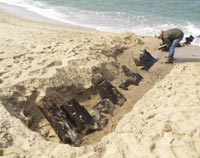 In his poem,
In his poem, 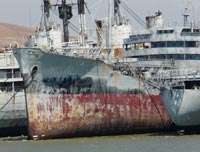 They were the largest Navy oilers of their day and nearly 500 of them were built between 1940 and 1945. Now the last
They were the largest Navy oilers of their day and nearly 500 of them were built between 1940 and 1945. Now the last 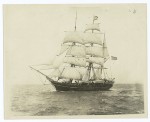
 It was announced recently that
It was announced recently that 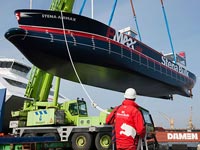 The idea that cushion of air bubbles might significantly reduce ship resistance through the water has been around for some time. Now Stena is testing the concept with 15 meter prototype vessel.
The idea that cushion of air bubbles might significantly reduce ship resistance through the water has been around for some time. Now Stena is testing the concept with 15 meter prototype vessel.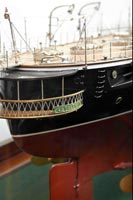
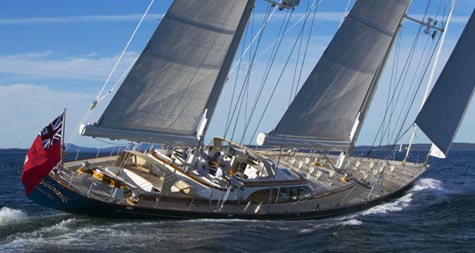
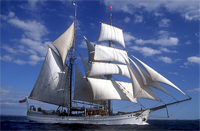 The
The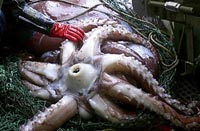 This isn’t a new, but I find it fascinating nevertheless. Larger than the giant squid, the colossal squid has never been seen alive. Two years ago an autopsy was performed in New Zealand on the biggest intact colossal squid ever collected.
This isn’t a new, but I find it fascinating nevertheless. Larger than the giant squid, the colossal squid has never been seen alive. Two years ago an autopsy was performed in New Zealand on the biggest intact colossal squid ever collected.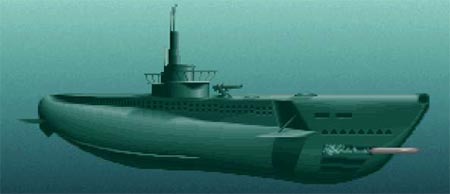
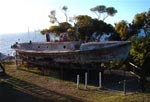 We have posted extensively about the oldest just barely surviving composite clipper ship, the
We have posted extensively about the oldest just barely surviving composite clipper ship, the 